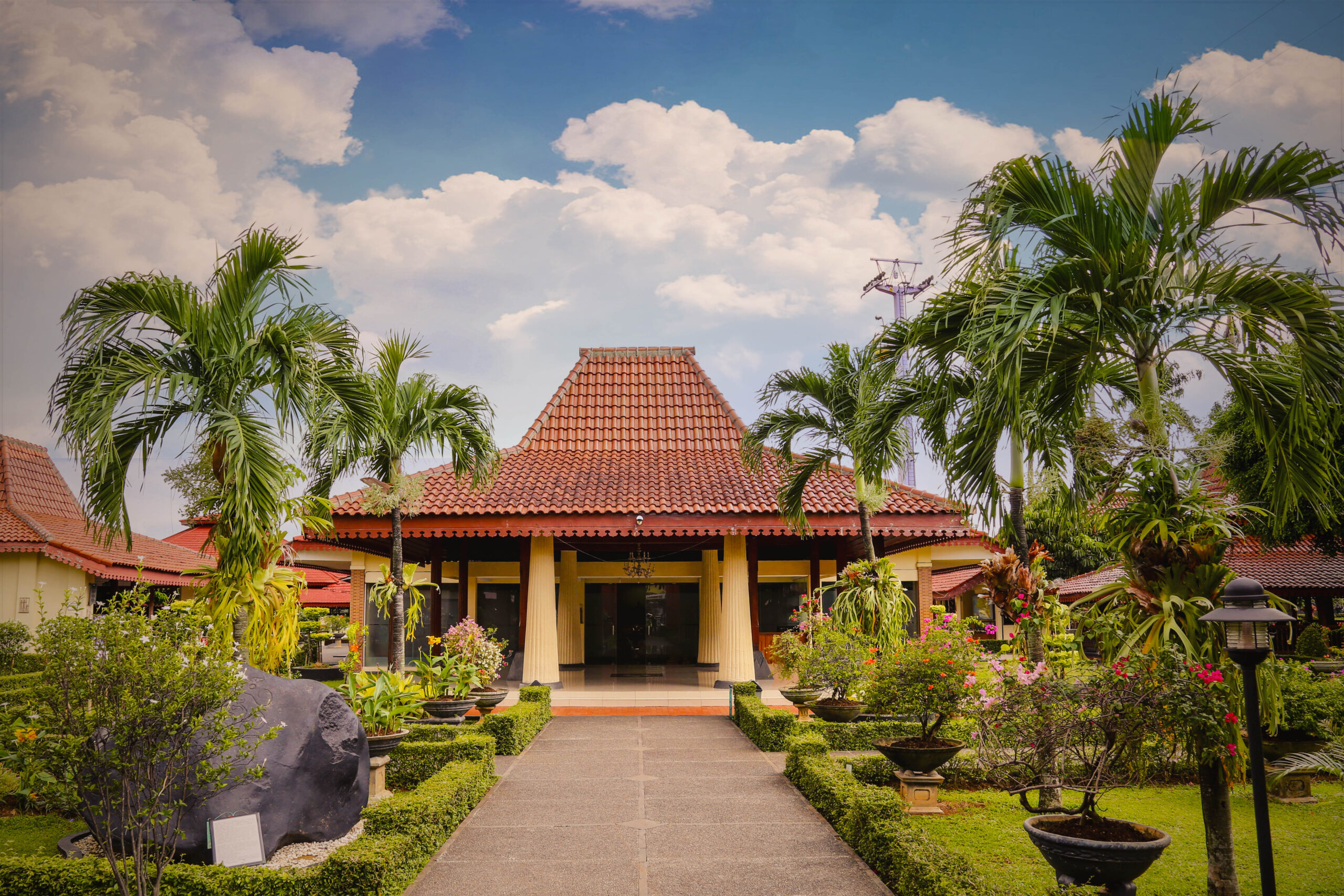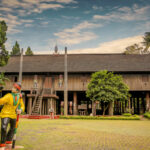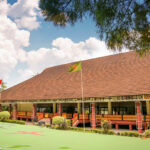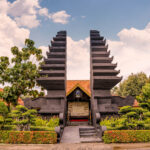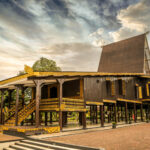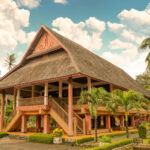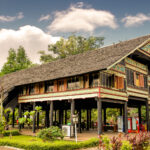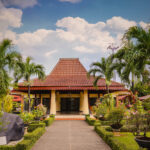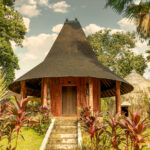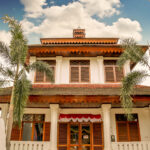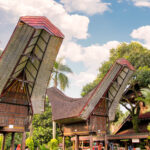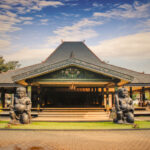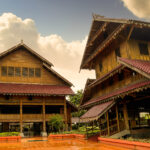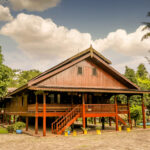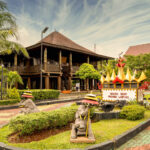Sampurasun!
Wilujeng sumping!
West Java, the heart of Sundanese culture also known as Tatar Sunda, radiates charm with its natural abundance and thriving economy. Unsurprisingly, its rice production contributes 20.11 percent to the national rice supply.
West Java’s culture and cuisine are equally captivating. Cultural legacies such as Pencak Silat, Jaipong, Wayang Golek, Kuda Renggong, Sisingaan, Kuda Lumping, Angklung, Tari Topeng, Ronggeng Gunung, and Tayub continue to be passed down through generations. The region’s culinary delights, including Batagor, Siomai, Cireng, Cuanki, and Sate Maranggi, are always ready to satisfy any palate.
Experience the uniqueness of West Java at its pavilion in TMII. The main building, modeled after the Kasepuhan Palace of Cirebon, is divided into several spaces that highlight the province’s rich cultural diversity.
Jinem Pangrawit, the first area, serves as an exhibition and performance space for traditional Degung and Kacapi Suling music, as well as a regular venue for Sundanese dance training. Next are Bangsal Prabayaksa and Bangsal Pringgondani, currently repurposed as gallery spaces featuring a variety of signature products from cities and regencies across West Java, along with traditional Sundanese attire for different social occasions and wedding garments. The final area, Bangsal Dalem (Bangsal Panembahan), now functions as a display room for Sundanese performing arts and traditional musical instruments known as waditra.
The West Java Pavilion also showcases a traditional stilt house with bamboo walls (gedek), furnished with classic interiors, and an open-air amphitheater offering a captivating view of Indonesia’s miniature archipelago—a perfect spot for photography enthusiasts.
DID YOU KNOW?
West Java’s iconic musical instrument, angklung, has brought pride to Indonesia on the global stage. In 2010, UNESCO recognized the angklung as an intangible cultural heritage. The word angklung is derived from the Sundanese term angkelung-angkleung, referring to the swaying motion and varied tones produced based on the bamboo tube’s size.

